Strobe tests: Inon Z330, Retra Flash and Symbiosis SS2

Symbiosis SS2
The specifications for this strobe are as follows:
GN 32 (108W/s)
Beam Angle: 90° (100° with diffuser)
Color Temperature: 5700°K
TTL: No TTL - Automatic mode with 2 settings
Triggering: Optical only
Battery life: 550 flashes
Recycle time: 2s
Diffuser: 1 stop.
Underwater weight: -50g
i-Divesite announced the Symbiosis SS2 at the DEMA show in 2015. Uniquely, it features a strobe and an interchangeable lumen video light combined into a single unit.
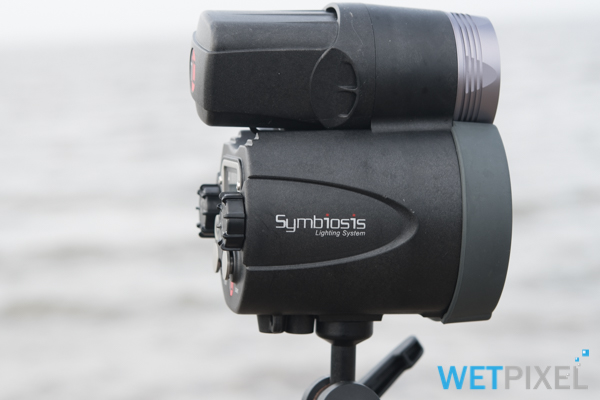
It is a substantial unit constructed of polycarbonate resin that weighs just over 1 kg (2 lbs 2oz). Physically, it is a little too big to position alongside macro or small dome ports.
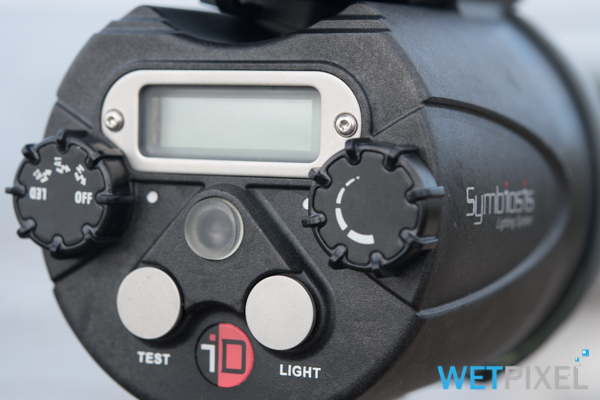
Controls are simple and well laid out.
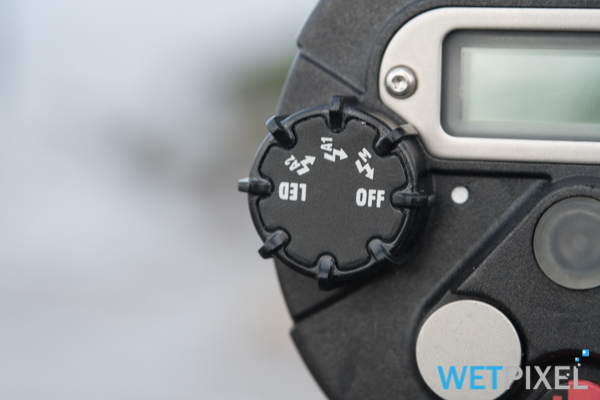
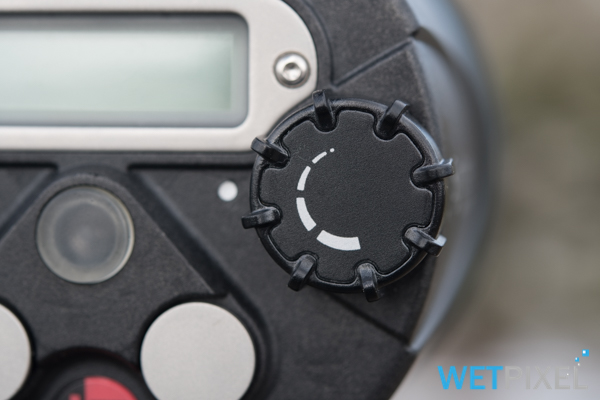
On the left is a five position mode dial, with 15 step power control for the strobe in manual mode or 10 step for the video light on the right. In between the two are the ready/mode light and two push buttons.
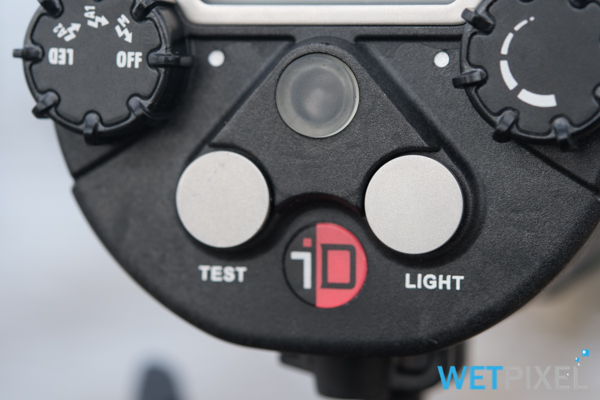
The left hand button offers a test function, along with access to the strobe’s learning mode, while the right activates the light and cycles through its intensity and color modes.
Neither dial has a “click” function and they do tend to move when bumped. Conversely, the raised surface of the dials can be used with gloves.

The SS2 has an LCD screen that offers information at a glance, This includes the current mode, battery status and output power setting in both numerical and icon displays. The screen makes checking the strobe’s status very easy. The screen is also backlit, so it visible at night.
It is powered by a proprietary 3400 mAh Li-ion battery with a specific (supplied) charger. A full recharge of the battery takes around 2.5 hours
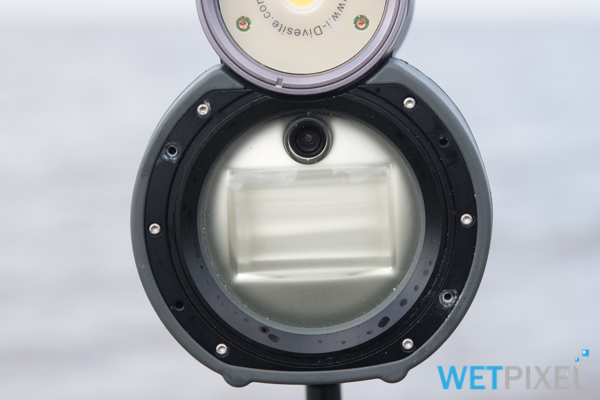
The Symbiosis SS2 has a single straight flash tube
It ships with both YS and 1” ball mounts.
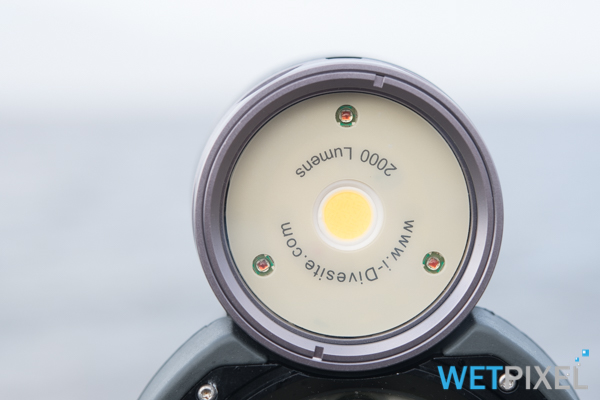
The video light head can be swapped and there are 1000, 2000 and 4000 lumen versions available. The test unit was fitted with a 2000 lumen light head.
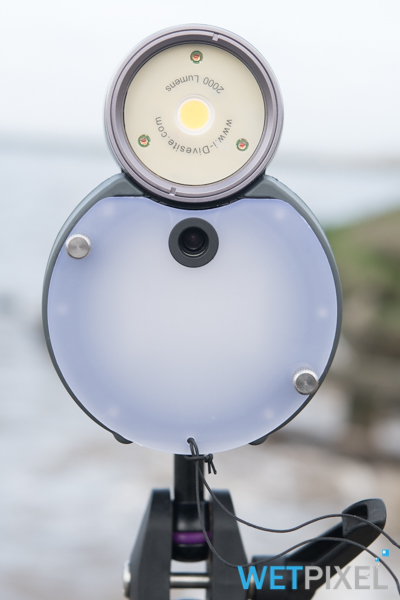
The SS2 is supplied with a somewhat basic diffuser that attaches with two thumbscrews. It loses around 1 stop.
The units for the review were kindly supplied by Ocean Leisure Cameras and when they were sent, Wetpixel was advised that they should use quality fiber optic cables and ensure that the SS2’s learning mode process was correctly used to ensure reliable triggering.
For all the tests, Wetpixel used 613 fiber cables from Nauticam and Inon. In the case of the Symbiosis, the cables are attached using the Inon type L connectors, which use a rubber O ring to friction fit and retain the connector and fiber. The moldings on the strobes seemed quite shallow and the Type L connectors (from Inon) were quite loose.
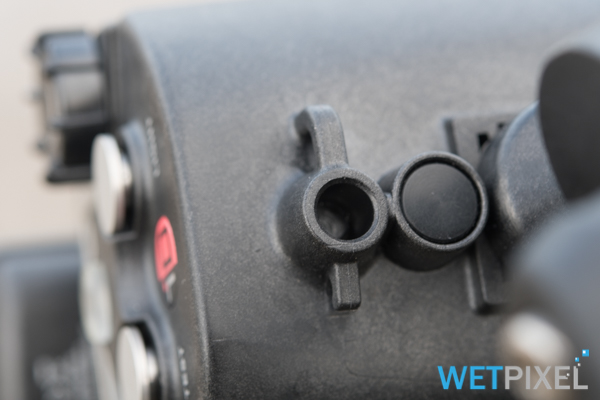
On a few occasions, they actually fell out, and it was important to ensure that the they were fully inserted in order to get the strobes to fire reliably. When the L type connectors were fully inserted, firing was consistent.
The Symbiosis SS2 has two positions for Automatic exposure control, one aimed at wide angle and the other macro. This is described thus in the user manual:
“When the flash is under Auto mode it will adjust the output automatically in 8 steps (from 1 to 1/16) by calculation of the bounce back light received by the front sensor.”
To use this, a reference photo needs to be taken and used to calibrate the functions via the strobe output dial. Once this is set, the idea is that the there will be little need to adjust the exposure, providing the camera settings remain unchanged.
I found it impossible to get the mode to work well. However, I should stress that I tend to move my strobes around a lot, and adjust my camera settings in order to allow for varying lighting conditions. This is consistant with all the strobes reviewed. I would concede that a more static test may allow for more consistent results.

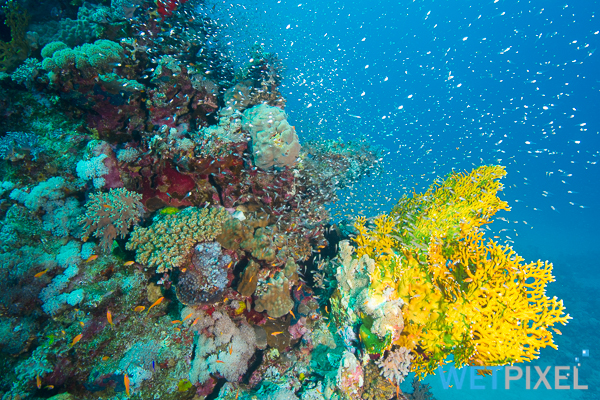
Strobe recycle time is around 2 seconds as listed. At full power, this drops off quite rapidly after around 15 shots. Battery life is at least 500 flashes per battery.
Unlike the other strobes tested, the Symbiosis SS2 offers the option of continuous lighting. The supplied units were fitted with 2000 lumen lights that provide a pleasing soft light:
When shooting video with lights, the idea is that the lights are subtle and not obvious. I think the lights on the Symbiosis SS2 achieve this.
- Introduction.
- Strobe Fundamentals.
- Inon Z330.
- Retra Flash.
- Symbiosis SS2.
- Test results and conclusion.